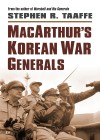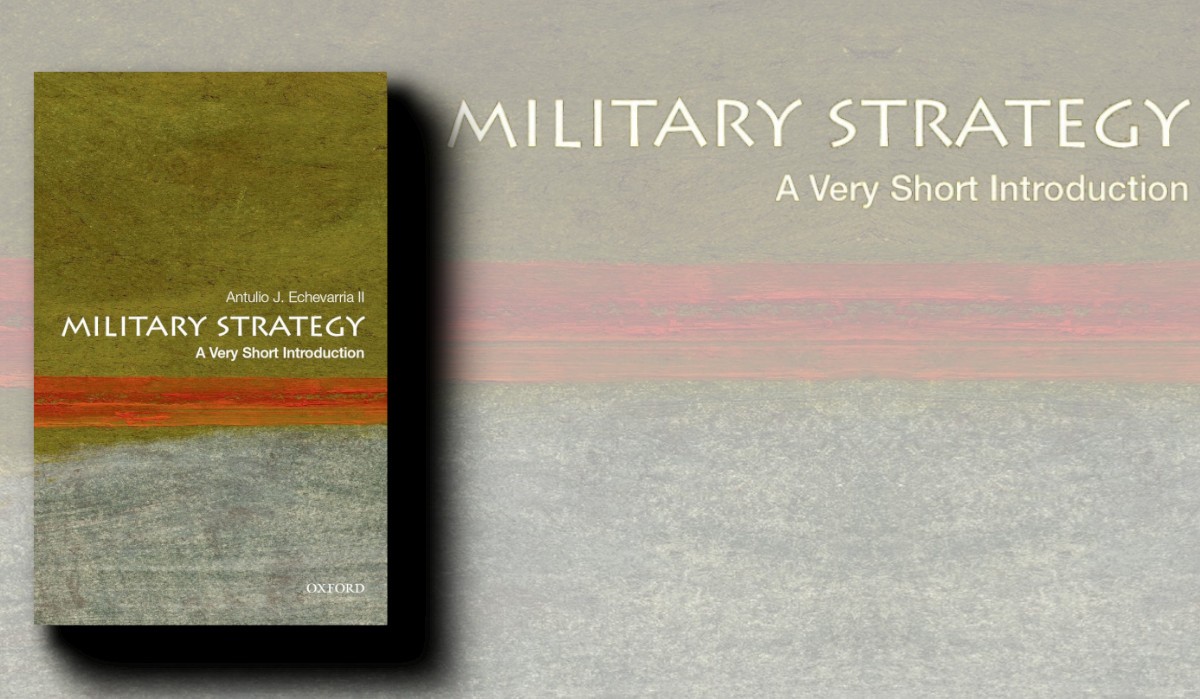University Press of Kansas, Lawrence, 2016, 267 pp
Hardcover ISBN: 9780700622214
eBook ISBN: 9780700622221
Author: Stephen R. Taafe
Reviewed By: Chris Roberts
MacArthur’s Korean War Generals is a study of command under adverse conditions. Set within a narrative of the United States (US) Eighth Army’s operations during the first year of the Korean War, Stephen R. Taaffe examines the character, command styles, and performance of the twenty-one men who led that army, its three corps and seven divisions during this tumultuous period. These events are a stark reminder that war is a brutal, ruthless, and uncompromising activity. They also remind us that, while armies are drawn from their societies, they exist to conduct complex, bloody, and difficult operations, often under trying conditions, that are well outside of the social norm. Further, when armies and their commanders do not adequately prepare for combat operations, and do not insist on high standards of discipline and professionalism in peacetime, they suffer the consequences. There is much to learn from reading Taaffe’s account and analysis.
In the aftermath of the Second World War, the US army units stationed in Japan were a shadow of their former selves. Undermanned, under-equipped, and under-trained they had slipped into the easy life of occupation troops more inclined to perform ceremonial duties than to train for active operations. Furthermore, command of the divisions had been given to men who had performed well as senior staff officers in the recent war – rather than merit based on combat experience – to provide them with a command appointment as they neared retirement. As Taaffe states, it was a ramshackle army. So, when the North Korean Army lunged across the 38th parallel on 25th June 1950, the Americans were taken by surprise and caught flat footed. South Korea was seen to have no strategic importance to the US, but on General Douglas MacArthur’s recommendation (as Supreme Commander for the Allied Powers – Japan) President Truman committed forces to defending its independence. It was against this background that the hastily formed Eighth Army’s ordeal began, as MacArthur scrambled to send under-strength, ill-trained and poorly equipped formations and units to the peninsula on a piecemeal basis.
Taaffe writes in an easily read style. He blends the narration of battles with the performances of those holding command appointments at army, corps, and divisional level, together with a few of the US regimental (Commonwealth brigade) commanders. It is a story of initial defeat, a desperate defence, followed by a brilliant success, an overconfident advance almost to the Yalu River, a disastrous defeat and panicked retreat, and finally a measured advance until the current armistice line was reached. Within this narrative, readers are introduced to each of the commanders as they enter the story. Taaffe provides a brief background of their career to that point, fleshed out with the man’s personality and relationships with professional colleagues. Command styles and performances emerge during the various battles and operations in which each was involved. Hovering in the background, and interceding at times, is the vainglorious Douglas MacArthur, whose reputation is eventually tarnished.
The commanders who are the focus of this book had little in common, and there was no single type of officer who filled these appointments. They range from hard driving, demanding and abusive men, through some well-liked and competent commanders, to men of mediocrity, several of whom did their best and improved as the war ground on. Nor did success or failure rest on one command style, although a lack of firmness, resilience, and exacting standards marked the two whom Taaffe rates as the poorest performers. Four emerge with their reputations enhanced. Standing out among the initial divisional commanders was the quietly professional, firm, and tactically competent Major-General Oliver Smith of the 1st Marine Division; at the other extreme in attitude was the divisive, highly ambitious, ruthless, and overbearing Major-General Ned Almond (initially MacArthur’s Chief of Staff and then commander of X Corps); while they second third Eight Army commanders, the magnetic and pragmatic Lieutenant-General Matthew Ridgeway and the amiable and highly respected Lieutenant-General James Van Fleet stood out as highly competent. The remaining commanders are assessed in various degrees from competent to poor. Not surprisingly, the commanders appointed by Ridgeway in early 1951 are rated higher than most of their predecessors, as they were hand picked by Ridgeway for the proven track record.
In making his assessments, Taaffe is generally fair. Nevertheless, his criticism of some commanders during the first few months of the war are a little harsh, given the parlous state of the formations they commanded, the desperate situation they faced, and the fact they were outnumbered. While not brilliant, they did well (in the circumstances) to eventually halt the North Korean advance and establish the Pusan Perimeter, allowing American reinforcements to flow into the theatre. The standout of all these men is Ridgeway who assumed command of the Eighth Army following his predecessors’ death, and in a matter of weeks transformed it from a demoralised formation into a self-confident, battle worthy force. He then went on to replace MacArthur when the latter was removed by Truman for his hubris and political machinations. Ridgeway’s strategy correctly focused on the destruction of the Chinese and North Korean forces (rather than territorial gain) which he pursued in a methodical manner. This was in sharp contrast to MacArthur’s strategy for hasty advances – bypassing enemy forces that subsequently came back to bite him – in order to meet a self-imposed deadline.
MacArthur’s demise was a sad ending to an illustrious career, and Taaffe gets to the crux of the man’s character, highlighting his strengths, flaws and tendency toward self-aggrandisement. Giving due credit to his brilliance in advocating and directing his strategic masterstroke of the Inchon landing (against the strong doubts of everyone else), Taaffe also addresses how hubris brought about MacArthur’s undoing, laying the subsequent defeats of the Eighth Army squarely on his poorly conceived directions and ego.
At the end of each chapter is a short conclusion in which Taaffe pulls together the key points of the events covered in it. He then finishes the book with a comprehensive and well considered conclusion. In this, he analyses the transformation of the Eighth Army, including its command relationships, to deliver a final evaluation of the twenty-one commanders who served between June 1950 and May 1951. While Taaffe stops short of drawing out lessons to be learned, they are there for those who wish to consider them. These include, among others, how hubris, ego and personal relationships can affect operations; the relevance of effective leadership to battle outcomes; the value of moral courage; and the manner in which one man, Ridgeway, was able to transform the Eighth Army. In this regard, MacArthur’s Korean War Generals has much relevance for today’s military commanders at all levels.



